The mighty rivers of the Amazon basin find their start in the high Andes, where ice and snow fields, wetlands, and cloud forests channel life-sustaining water to the forests, rural communities, and cities below.
The Quelccaya Ice Cap, the largest tropical glacier in the world, is a part of this landscape. Indigenous and traditional rural communities have long coexisted with this landscape which provides them with livelihoods and vital resources. Herds of alpaca and vicuña, a mainstay of communal economies, pick their way through marshy, high-altitude wetlands whose diverse plant life captures both water and carbon. Cloud forests cover some 1.7 million hectares and their dense vegetation captures and slowly releases water to the Amazon basin below.
The governments of Bolivia and Peru recognize the critical importance of this landscape, with an extensive system of protected areas covering 1.3 million hectares, including the Machu Picchu Historic Sanctuary.
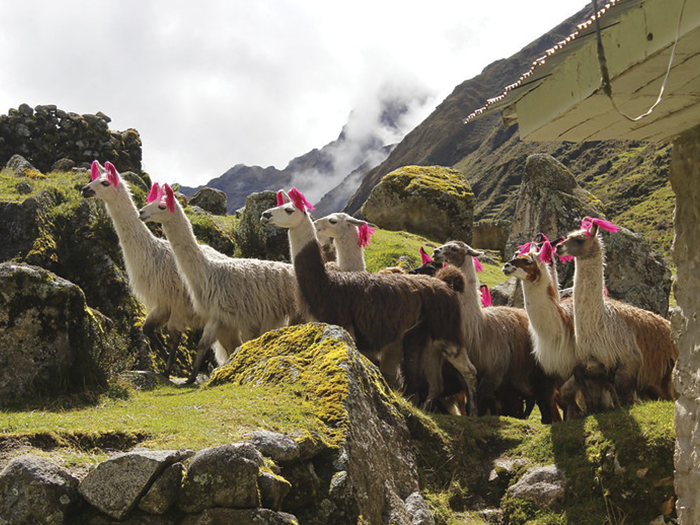
Agricultural expansion and poor management practices threaten ecosystems and livelihoods, and contribute to climate change. Slash-and-burn agriculture of subsistence crops, livestock, and coca reduce forests and degrade water quality, leading to forest fires that often burn out of control.
Overgrazing by llamas and alpacas in highland wetlands decreases water availability, and the need for firewood results in further degradation as slow-growing native trees are overharvested. Illegal, informal, and artisanal mining also damages and contaminates watersheds with mercury and other contaminants.
Together, these pressures erode the ecosystems that local communities rely on for their survival. Additionally, the warming climate melts glaciers, reducing water availability in the dry season and further exacerbating stresses on ecosystems and communities.
Drawing on sound science, technology-supported data and traditional knowledge, Amazon Conservation partners with communities and governments to prioritize critical watersheds and ecosystems and promote their improved management within this 9 million hectare landscape.
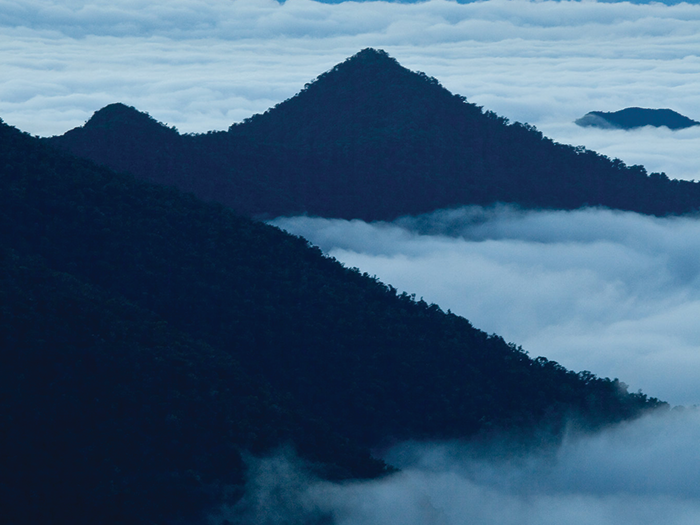
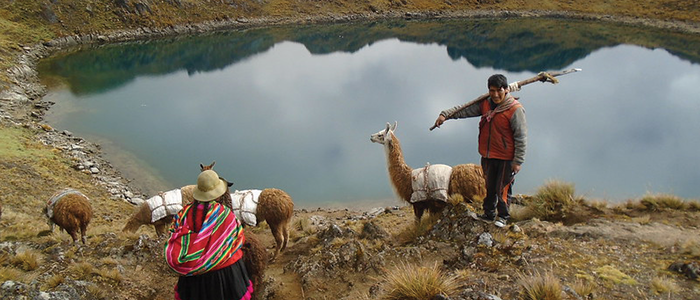
Improve water and land management to sustain natural resources by using science and traditional local knowledge, improved grazing practices, and reforestation.
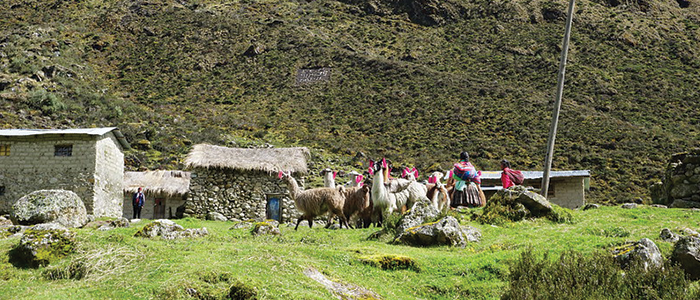
Share best practices to promote sustainable economic activities including reviving ancestral indigenous agricultural and livestock management practices and implementing fire-prevention approaches.
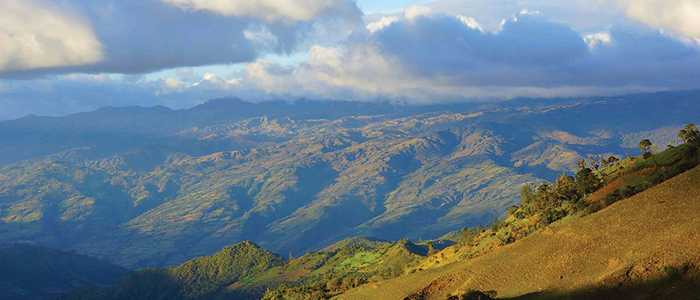
Establish new conservation areas and improve the operations and sustainable resource use of existing conservation areas.

Research and share knowledge with local and national leaders to support climate change adaptation solutions.